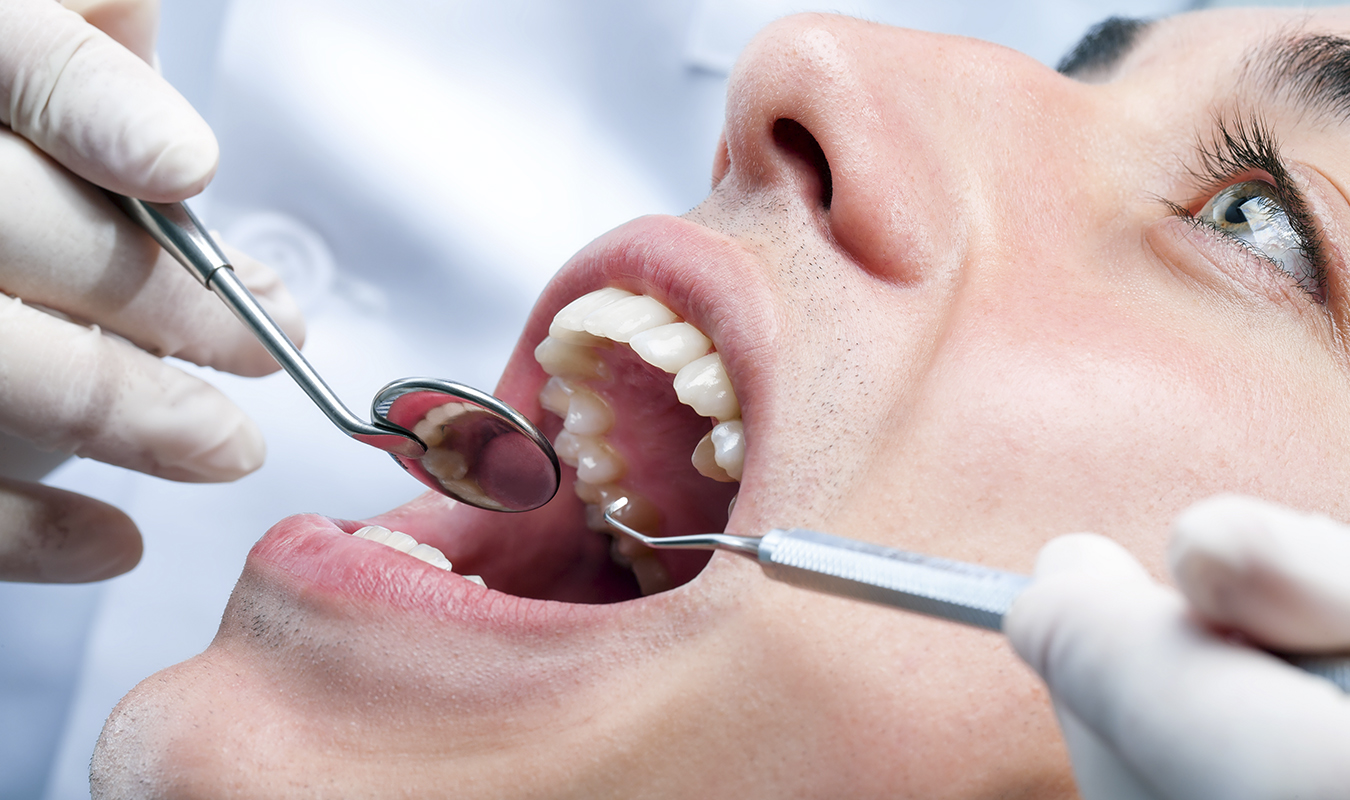Fillings in Tooth Shades (Composite Fillings)
Gone are the days of silver fillings, which used to look black and leak with time leading to caries again in the same tooth.
The adhesive bond between composites and enamel is achieved through etching and application of primer to the tooth’s surface. In this way, even fragile teeth are strengthened. For almost every tooth shade there is a similarly shaded composite available, almost always allowing perfect aesthetic adaptation of the filling.
Advantages and disadvantages of composite resin fillings
Ceramic Inlays (Porcelain Inlays)
Ever more patients express the wish to replace their old amalgam fillings with a biocompatible and durable material. From an aesthetic view, ceramic inlays are regarded as the top of all available alternatives. What is an inlay?
Ceramic inlay
Inlays are indirect fillings applied in back teeth (premolars, molars). After removal of the old, defect filling or caries, an impression is made of the cavity (that is the drilled out defect). A filling is then made in the laboratory from gold or ceramic, which fits the cavity with the utmost precision and restores the original form of the tooth. In the second session, the inlay is cemented into place. Large inlays which cover the cusps are referred to as onlays.
Can all teeth be fitted with ceramic inlays?
In principle, all back teeth (molars and premolars) can be fitted with porcelain inlays. Front teeth (incisors and canines), on the other hand, are treated with composites. Only in cases where the defect (caries or filling) reaches deep under the gum, or where the remaining tooth substance is weak and brittle (for example root-canal-treated teeth), is a crown the better and lasting alternative. Advantages and disadvantages of ceramic inlays
- Exceptional aesthetics
- Long-term durability
- Strengthening of the teeth
- Ideal biocompatibility
- Fairly expensive
- Occasional bite sensitivity
- Time-consuming, two sessions required
- Defects reaching under the gums can be problematic




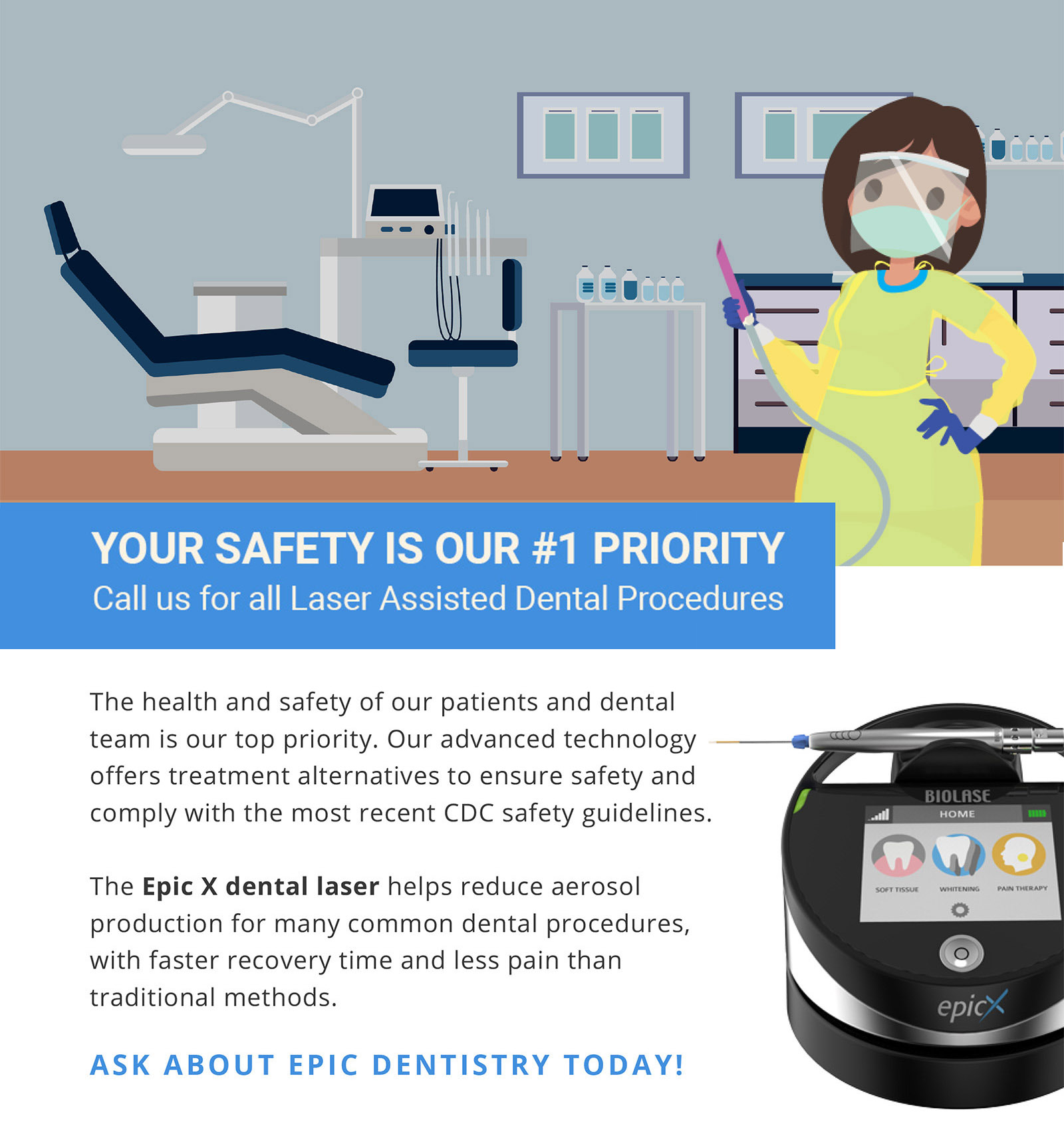
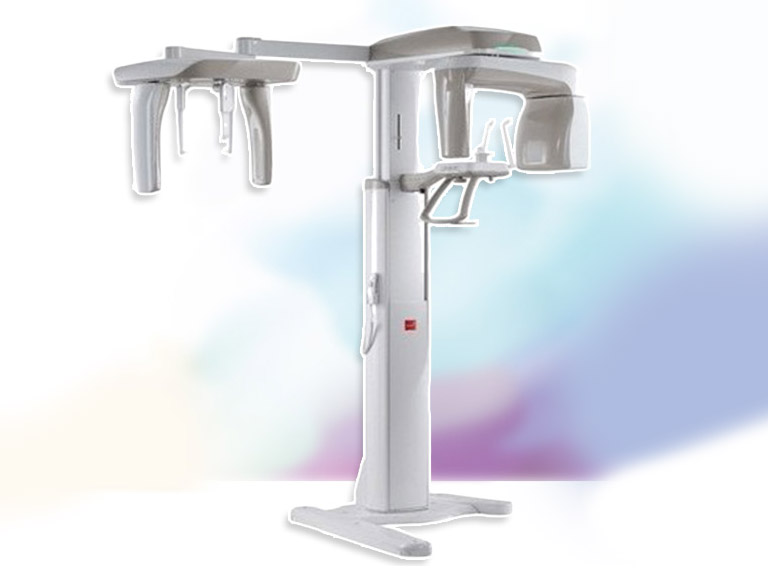



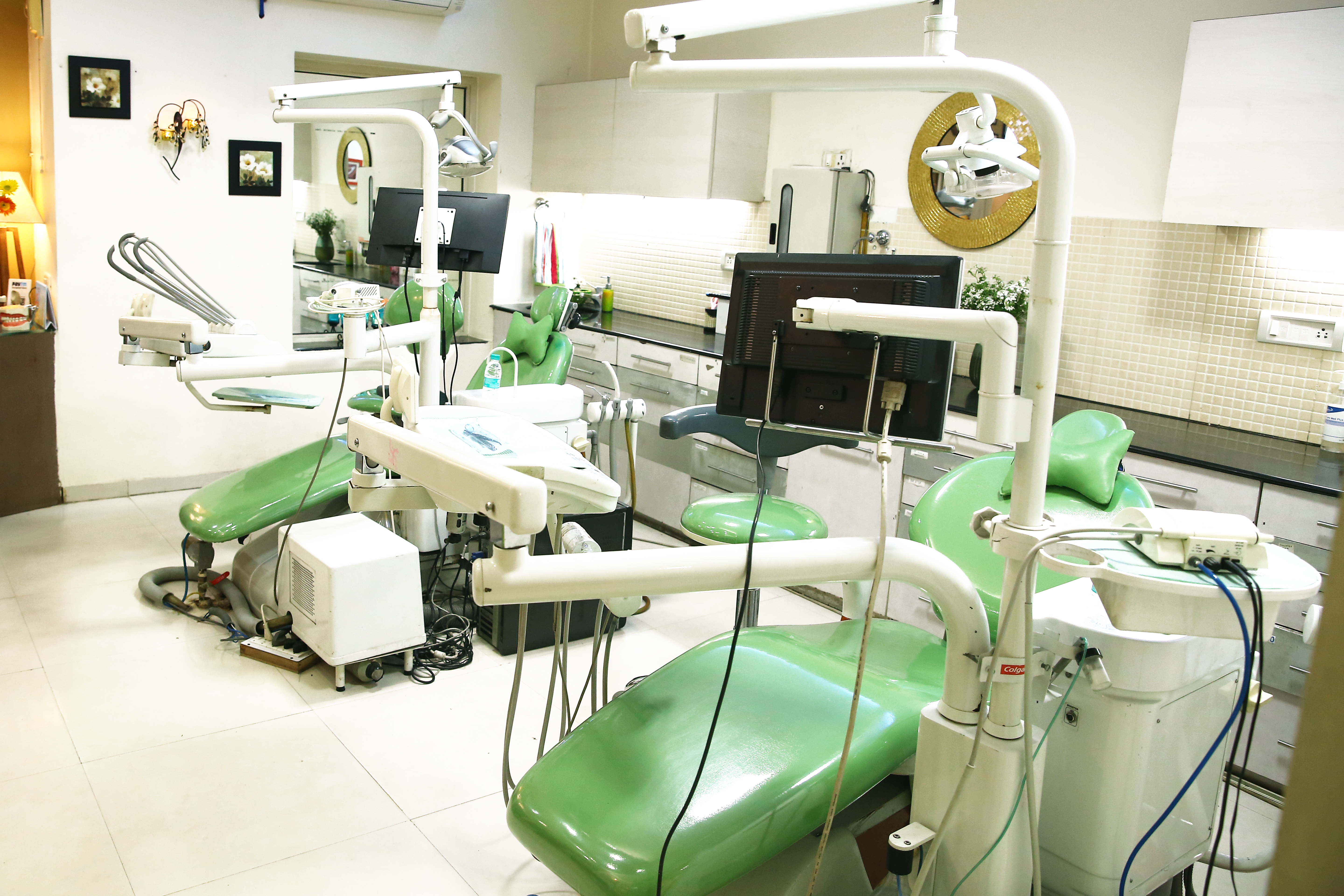

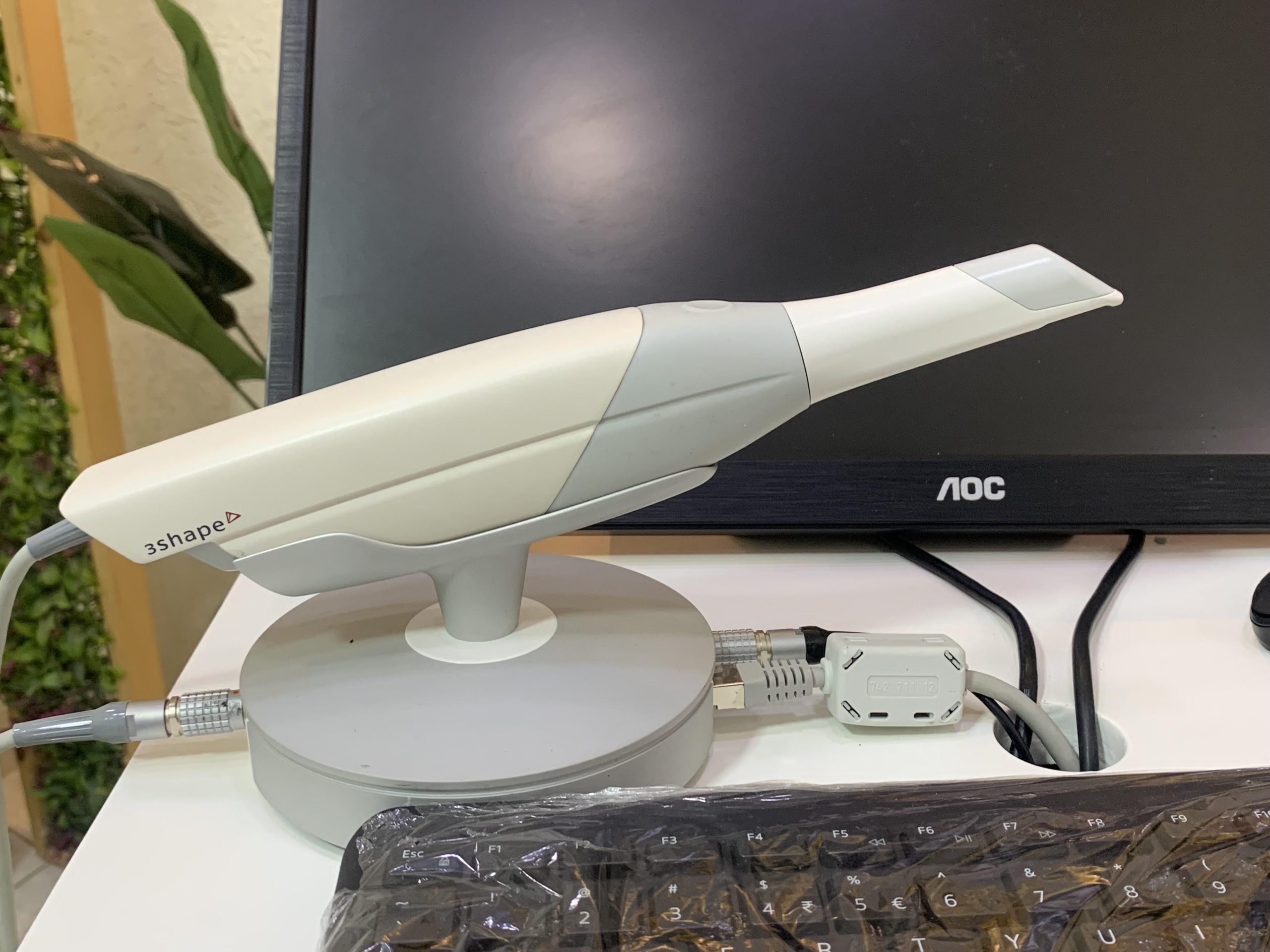

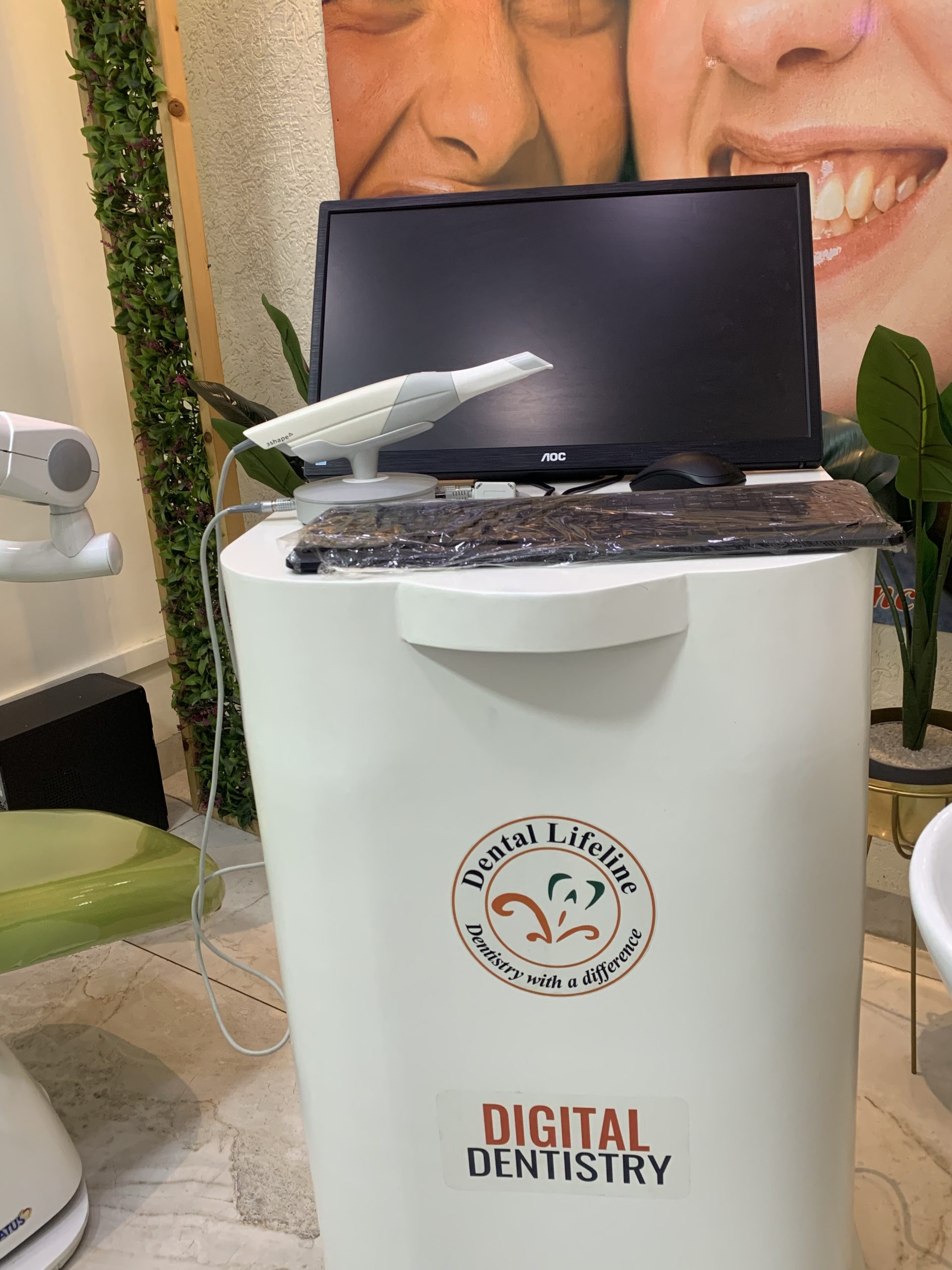


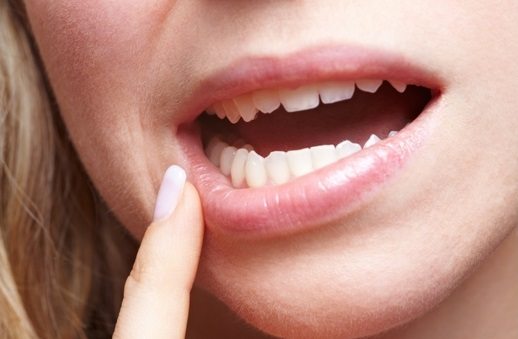
 Ribbond prevents fracture failures in dental composites and acrylics. Ribbond prostheses are strong and maintain their strength with continued use. They are tough and durable. Ribbond’s unique combination of ultra-high strength fibers, enhanced bondability and patented cross-link lock-stitch leno weave makes the strength and fracture toughness of Ribbond reinforced prostheses unsurpassed by other fiber reinforcements.
Ribbond prevents fracture failures in dental composites and acrylics. Ribbond prostheses are strong and maintain their strength with continued use. They are tough and durable. Ribbond’s unique combination of ultra-high strength fibers, enhanced bondability and patented cross-link lock-stitch leno weave makes the strength and fracture toughness of Ribbond reinforced prostheses unsurpassed by other fiber reinforcements.
 Oral Hygiene If the disease is still in the first stage (gingivitis) your dentist may prescribe an anti-microbial mouth and advise you to brush and floss on a regular basis.
Oral Hygiene If the disease is still in the first stage (gingivitis) your dentist may prescribe an anti-microbial mouth and advise you to brush and floss on a regular basis. Root Planing Root planing involves smoothing the root surfaces of your teeth with thin curettes so gum tissue can more firmly reattach to roots that are clean and smooth to prevent tooth loss and sensitivity problems. The procedure makes it more difficult for plaque to accumulate along the root surfaces. Because this procedure goes deeper than a regular cleaning, your mouth may be numbed. The cleaning may take two visits to complete. Depending on the extent of the disease you may need one or more sections (quadrants) of the mouth to be treated with scaling and root planing. Treatment may require one or more visits.
Root Planing Root planing involves smoothing the root surfaces of your teeth with thin curettes so gum tissue can more firmly reattach to roots that are clean and smooth to prevent tooth loss and sensitivity problems. The procedure makes it more difficult for plaque to accumulate along the root surfaces. Because this procedure goes deeper than a regular cleaning, your mouth may be numbed. The cleaning may take two visits to complete. Depending on the extent of the disease you may need one or more sections (quadrants) of the mouth to be treated with scaling and root planing. Treatment may require one or more visits. When scaling and root planing have been unsuccessful in eliminating the entire pocket of decay, or when there has been a bone loss that needs to be surgically corrected, then a dentist may perform periodontal flap surgery. In flap surgery, under local anesthesia, small incisions are made in the gum, so that it can be lifted back to expose the tooth and bone. The entire area is carefully cleaned and all tarter and infected granulation tissue is removed and the bone is examined. Because the periodontal disease causes bone loss, often the bone will need to be re-contoured in order for the gum to heal properly.
When scaling and root planing have been unsuccessful in eliminating the entire pocket of decay, or when there has been a bone loss that needs to be surgically corrected, then a dentist may perform periodontal flap surgery. In flap surgery, under local anesthesia, small incisions are made in the gum, so that it can be lifted back to expose the tooth and bone. The entire area is carefully cleaned and all tarter and infected granulation tissue is removed and the bone is examined. Because the periodontal disease causes bone loss, often the bone will need to be re-contoured in order for the gum to heal properly. Periodontal flap surgery is sometimes necessary to treat the advanced periodontal disease if scaling and root planning proves ineffective. Deep pocketing along with underlying bone defects can prevent the gum tissues from fully healing and staying healthy. The procedure involves the loosening of the gums from around the teeth in order to fully expose and clean the parts of the teeth which were previously covered by the gums.
Periodontal flap surgery is sometimes necessary to treat the advanced periodontal disease if scaling and root planning proves ineffective. Deep pocketing along with underlying bone defects can prevent the gum tissues from fully healing and staying healthy. The procedure involves the loosening of the gums from around the teeth in order to fully expose and clean the parts of the teeth which were previously covered by the gums. A soft tissue graft can reduce further recession and bone loss. In some cases, it can cover exposed roots to protect them from decay. Soft tissue grafts and other root coverage procedures are a predictable way to cover unsightly, sensitive or exposed root surfaces, to prevent future gum recession and restore healthy gum tissue. This will reduce further bone loss and recession, make the toothless sensitive, protect the root from root cavities, and look more natural when you smile. If you are unhappy with the appearance of short unsightly teeth this can be greatly improved by a combination of periodontal procedures by our Periodontic dentist.
A soft tissue graft can reduce further recession and bone loss. In some cases, it can cover exposed roots to protect them from decay. Soft tissue grafts and other root coverage procedures are a predictable way to cover unsightly, sensitive or exposed root surfaces, to prevent future gum recession and restore healthy gum tissue. This will reduce further bone loss and recession, make the toothless sensitive, protect the root from root cavities, and look more natural when you smile. If you are unhappy with the appearance of short unsightly teeth this can be greatly improved by a combination of periodontal procedures by our Periodontic dentist.